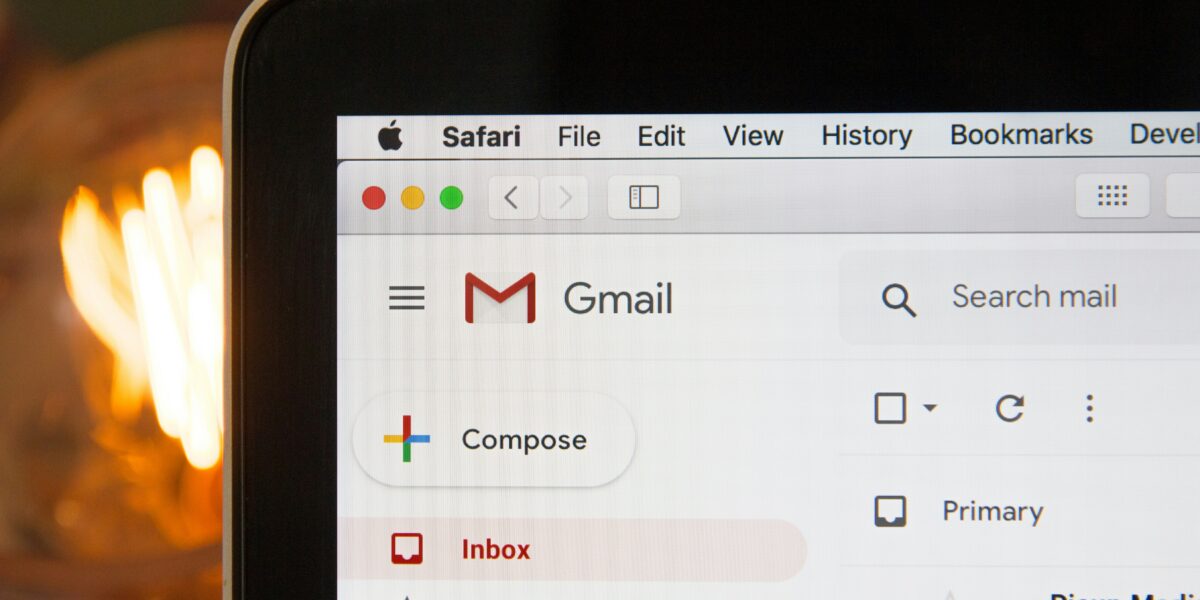What’s the Point of Marketing Emails, Anyway?
First and foremost: engagement.
The primary goal of writing and sending marketing emails is engagement. Engagement refers to actions customers take with your content: clicking, opening, buying, etc. Emails are engagement magnets sent right to your ideal customers’ inboxes, and your job is to get those customers to open ’em up and take the actions you want them to.
Secondly: connection.
Forming a connection with your base is the second most important goal of email marketing. You want to feel like a part of your customers’ life—not a huge one, but one that’s they can count on to be there with something interesting. (Rule of thumb: be the “fun aunt,” not the “annoying sibling.”)
Thirdly: staying top-of-mind.
In advertising, the worst fate is to be forgotten. Email marketing is your tool to ensure you remain top-of-mind for your customers. Even if they’re not clicking through your emails to shop right away, keeping them informed about all you have to offer makes it more likely they’ll choose you off the top of their head when they’re ready to make a purchase or hire a service.
Finally, sales.
Newsflash: if you’re only pumping out marketing emails to make more sales, you’re destined for the trash folder. (Again: annoying sibling.) The purpose of email marketing is to offer value to your customers—and while value may sound like “$$$” to you, it doesn’t necessarily translate the same to them.
So How Do I Write Marketing Emails that Don’t Suck?
Now that we know the point of marketing emails…how do you write ’em well?
Glad you asked!
Here are some tips for making your marketing emails as effective as possible:
Action!
The simplest way to encourage someone to do something is to tell them. Spell it out!
Let’s be real: people aren’t hanging on to every word of your emails. They’re skimming for the most important information: how to get what they want. That’s why it’s in your best interest to be as direct as possible with what you want them to do.
If it makes sense for your content, be sure to use action words in your subject line and in the body of your marketing emails. Some examples include:
- Save
- Buy
- Download
- Sign Up
- Shop Now
- Claim
You want to tell readers ASAP what they can expect to gain when they open your email—and they want to know ASAP, too, so be direct!
Clarity Before Catchiness
Because your readers are skimming, you may be tempted to write a little joke or pun to catch their eye. There’s nothing wrong with that, as long as it doesn’t obscure your message. There’s no point in being funny if you’re befuddling!
When it comes to subject lines, you need to be as clear as possible about what your recipients can expect when they take the time to open your marketing emails. If readers feel misled or confused in any way, it causes unnecessary dissatisfaction—and every instance of that is another strike against your brand.
Pro Copywriting Tip: Not only do shorter words tend to be more easily understood, but they create a sense of urgency, too. For example: begin has two syllables, while start has just one. Which feels quicker? Plus, start carries the connotation of starting a race, while begin sounds more like someone telling you to open up the first page of a long test. Every word matters in marketing emails!
Benefits Before Features
Selling a new product? Explain exactly how it’ll make your customers’ lives better. The goal of your email is to entice users to click through and get on your website. You can’t purchase directly from an email (not yet, anyway), so there’s no point in listing all of the technical features and details of your product. You have to build up the hype first!
Use Numbers
According to Zippia, email subject lines that contain numbers have 57% better open rates. If you have a chance, use a concrete, backed-by-data number. For example:
- Our 40% off sale starts NOW!
- See why [product name] is rated 4.9 stars…
- [product name] is only $29 today. Yes, really!
- Don’t forget: only 2 more days to save!
Not only are numbers easy to register at a glance, they stand out visually in the inbox. Plus, they tend to appeal to logic, which is a great counterpart to the “right brain” appeal of how you can improve the customer’s life. All in all, numbers are a useful tool when you have a limited space in which to drum up excitement.
Pro Copywriting Tip: These headlines—particularly the ones that reference time—also create a sense of FOMO (or “fear of missing out”). FOMO’s another great tool in your arsenal of moods you want to create when writing marketing emails. You’re welcome!
A Couple of Extras…
Here are some more tips to consider when writing marketing emails:
- Use social proof like positive reviews to demonstrate how you’ve already helped your existing customers.
- List things in bullet points so hastily-skimming eyes will notice what you want them to.
- Keep your tone consistent throughout all of your emails so regular customers aren’t thrown off.
- Keep your value and/or offerings consistent, too—every time you send a marketing email, there should be a reason for someone to open it!
Start Writing Great Marketing Emails Today
So there you have it: tips for writing marketing emails that people will open, read, and click through. As long as you offer real, tangible value to your customer base, they’ll continue to be happy subscribers.
Still overwhelmed? No problem—just get in touch with us! The team at Kirkpatrick Creative handles marketing emails for several of our clients, and we know how to make sure you get the most out of every dollar you spend. It’s what we like to call “advertising engineered to work.”
Photo by Stephen Phillips on Unsplash

